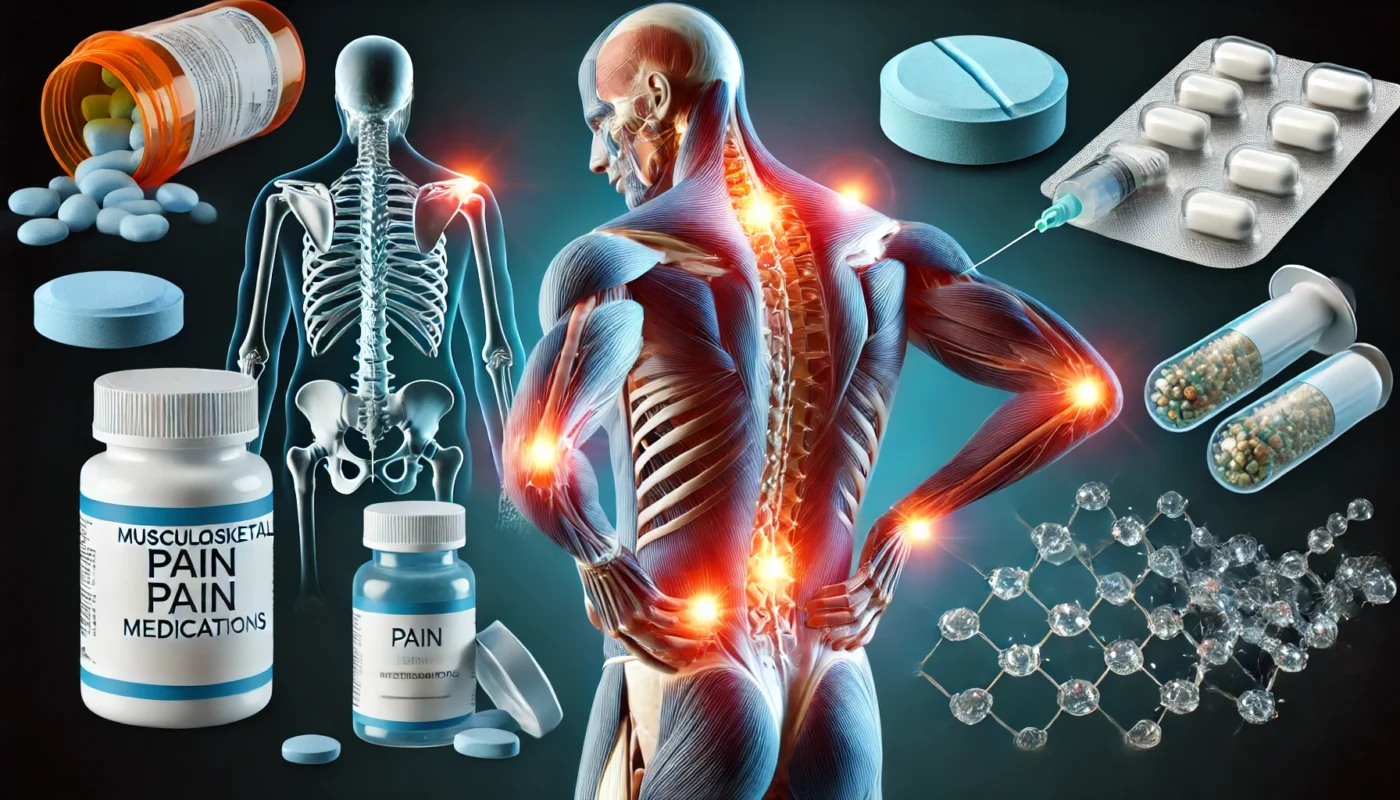Before diving into OTC solutions, it’s crucial to understand the complexities of fibromyalgia. This condition is characterized by widespread musculoskeletal pain, often accompanied by fatigue, sleep disturbances, and cognitive difficulties, commonly referred to as “fibro fog.” The exact cause remains elusive, but it’s believed to involve a combination of genetic, environmental, and psychological factors.
Tag Archives: chronic pain
Musculoskeletal pain affects the bones, muscles, ligaments, tendons, and nerves. It can manifest in various forms and intensities, making it essential to identify the underlying causes and appropriate treatments.
Ibuprofen is a nonsteroidal anti-inflammatory drug (NSAID) that reduces inflammation, pain, and fever. It works by inhibiting enzymes (COX-1 and COX-2) involved in the inflammatory process. Commonly known brands include Advil and Motrin.
In the realm of pain management, finding effective solutions can be a challenging endeavor. For those grappling with nerve pain, or neuropathic pain, relief can often feel elusive. This type of pain, which results from damage to the nervous system, can be particularly stubborn and resistant to traditional pain relief methods. One medication that has been gaining attention is Venlafaxine, commonly known by its brand name, Effexor. While primarily prescribed as an antidepressant, Venlafaxine has shown potential in alleviating nerve pain. In this article, we will delve into the intricacies of using Venlafaxine for nerve pain relief, exploring its mechanisms, benefits, and considerations for use. Understanding how Venlafaxine works and its role in pain management could provide a new avenue for those seeking relief.
In this article, we’ll delve into the intricacies of OTC NSAIDs, explore alternatives, and offer practical advice for their use.
Arthritis is not a single disease but rather a term that encompasses over 100 different conditions affecting the joints. Osteoarthritis and rheumatoid arthritis are the most common types, each with distinct causes and treatment approaches. Regardless of the type, arthritis often results in joint pain, stiffness, and swelling, leading to decreased mobility and impacting daily activities.
Natural opioids are compounds derived directly from the opium poppy plant, a species known as Papaver somniferum. They include morphine and codeine, which have been used for centuries to alleviate pain, with references to their use dating back to ancient civilizations. These substances work by binding to specific receptors in the brain, spinal cord, and other parts of the body, reducing the perception of pain and creating a sense of well-being. This interaction is akin to a lock and key mechanism, where the opioid molecules fit perfectly into the opioid receptors, triggering a cascade of biochemical events that culminate in pain relief and euphoria.
Alternative medicine encompasses a wide range of practices that fall outside conventional medical treatments. These methods focus on treating the whole person—mind, body, and spirit—rather than just the symptoms of the disease. When it comes to pain management, alternative treatments can include physical, psychological, and nutritional strategies.
Natural NSAIDs are compounds found in nature that exhibit anti-inflammatory properties similar to conventional NSAIDs like ibuprofen and meloxicam. These natural alternatives can be derived from plants, herbs, and other natural sources. The search for natural NSAIDs has intensified as people seek to harness the power of nature in managing pain and inflammation. Various cultures have used natural remedies for centuries, and modern science is beginning to validate these traditional practices.
Painkillers are a common, often necessary component in the management of pain, whether it stems from a minor headache or a chronic condition. However, understanding how these medications work, their effects, and their duration is crucial for making informed decisions about their use. In this article, we delve into the complexity of painkillers, examining whether they might be detrimental, how long one can safely use them, and their role in managing chronic pain.










